The price of pork, more than any other meat, has risen substantially over the past year, with pork chops and sausages up 37% and bacon rising 52%.
And there’s been more pain for consumers this past month, with the average retail price of a kilo of pork chops rising 12% to £5.22, while pork sausages are up 15% to £1.25 for a 454g pack.
Consumers haven’t seen the last of price rises either, according to Bpex consumer marketing manager Chris Lamb. The Deadweight Average Pig Price (DAPP) has gone up from £1.09/kg to £1.36/kg over the course of the year. But farmers are calling for in excess of £1.40/kg just to break even. The increase in feed costs – which now represent 65% of the cost of producing a pig – are being blamed for the rising prices. But a new factor has also emerged: sterling.
The weakening pound is making exporting more attractive to UK producers. Supermarkets have therefore had to pay more to guarantee their supplies, with little chance of filling the gaps from farmers in the equally struggling Danish and Dutch markets.
“Prices had to move to reflect the lack of profitability of pig farmers and to maintain the supply chain,” said Lamb. “The opening up of export markets following the movement of the pound against the euro meant some UK pork cuts would have gone abroad. There has been a drop off of pig farmers throughout Europe.”
There is at least little evidence yet that higher prices are being reflected in reduced volume sales, with pork products this year selling in the second-highest volumes they’ve experienced over the past five years, Bpex reported.
While red meat prices have been on the up this summer, chicken prices have fallen over the past month. A whole free-range chicken has come down almost 7% to £3.93/kg since mid-August, while skinless fillet breasts are down 4% to £11.54/kg. The free-range price drop is likely to reflect dipping demand for the products, which spiked following Jamie Oliver and Hugh Fearnley-Whittingstall’s exposés on the industry in January.
As the credit crunch bites and consumers consider lower-priced options, there have been a certain number of shoppers switching back to conventional, according to the British Poultry Council. Retailers may therefore have lowered prices to keep free-range chicken moving off the shelves.
“It’s not surprising that free-range sales have decreased in the credit crunch,” said BPC spokesman Jeremy Blackburn. “But standard sales have gone up so overall volumes are not affected.”
Chicken sales tend to peak and trough in any case, with summer often a lower period as consumers switch to red meats for barbecues and outdoor cooking. As chicken comes back into favour in the autumn, prices can be expected to rise again, Blackburn said.
The price of poultry is also up about 10% over the past year as a reflection of increased production costs.
Consumers haven’t seen the last of price rises either, according to Bpex consumer marketing manager Chris Lamb. The Deadweight Average Pig Price (DAPP) has gone up from £1.09/kg to £1.36/kg over the course of the year. But farmers are calling for in excess of £1.40/kg just to break even. The increase in feed costs – which now represent 65% of the cost of producing a pig – are being blamed for the rising prices. But a new factor has also emerged: sterling.
The weakening pound is making exporting more attractive to UK producers. Supermarkets have therefore had to pay more to guarantee their supplies, with little chance of filling the gaps from farmers in the equally struggling Danish and Dutch markets.
“Prices had to move to reflect the lack of profitability of pig farmers and to maintain the supply chain,” said Lamb. “The opening up of export markets following the movement of the pound against the euro meant some UK pork cuts would have gone abroad. There has been a drop off of pig farmers throughout Europe.”
There is at least little evidence yet that higher prices are being reflected in reduced volume sales, with pork products this year selling in the second-highest volumes they’ve experienced over the past five years, Bpex reported.
While red meat prices have been on the up this summer, chicken prices have fallen over the past month. A whole free-range chicken has come down almost 7% to £3.93/kg since mid-August, while skinless fillet breasts are down 4% to £11.54/kg. The free-range price drop is likely to reflect dipping demand for the products, which spiked following Jamie Oliver and Hugh Fearnley-Whittingstall’s exposés on the industry in January.
As the credit crunch bites and consumers consider lower-priced options, there have been a certain number of shoppers switching back to conventional, according to the British Poultry Council. Retailers may therefore have lowered prices to keep free-range chicken moving off the shelves.
“It’s not surprising that free-range sales have decreased in the credit crunch,” said BPC spokesman Jeremy Blackburn. “But standard sales have gone up so overall volumes are not affected.”
Chicken sales tend to peak and trough in any case, with summer often a lower period as consumers switch to red meats for barbecues and outdoor cooking. As chicken comes back into favour in the autumn, prices can be expected to rise again, Blackburn said.
The price of poultry is also up about 10% over the past year as a reflection of increased production costs.









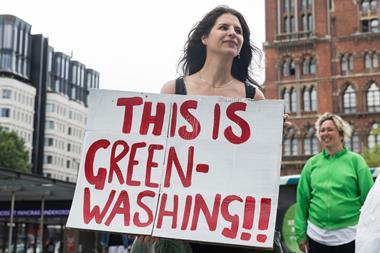
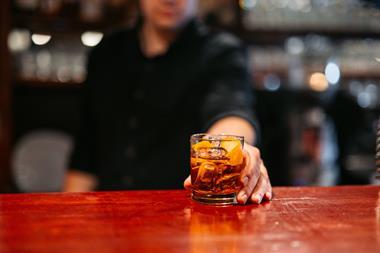

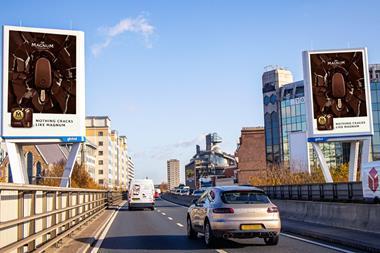


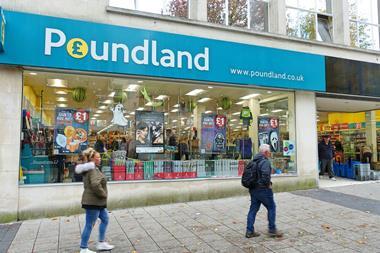

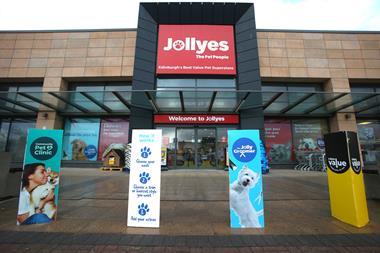
No comments yet